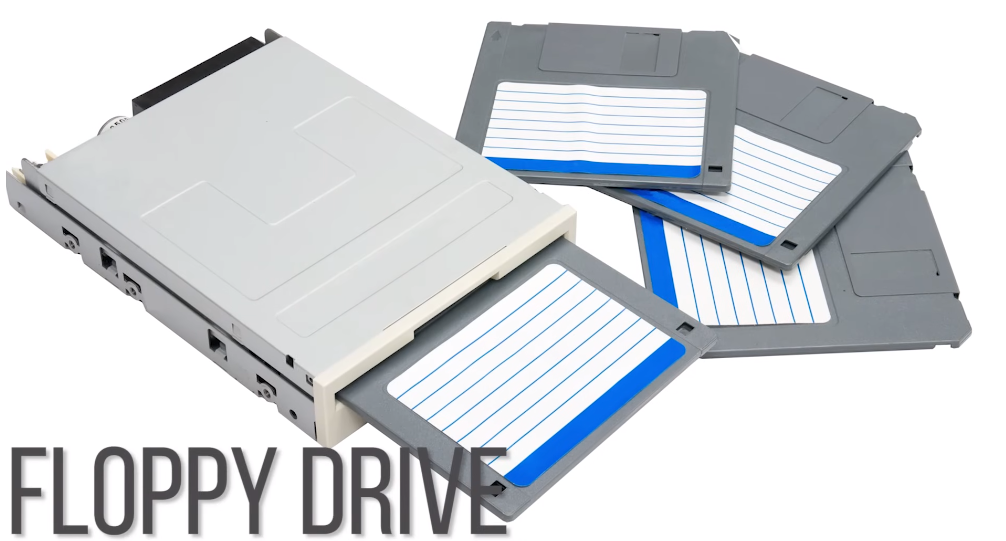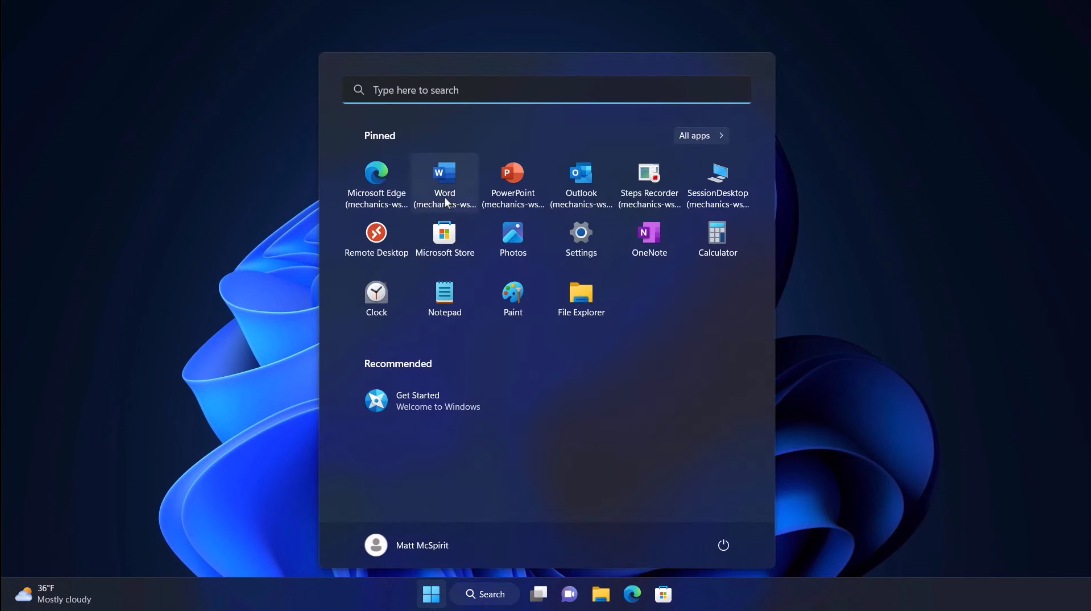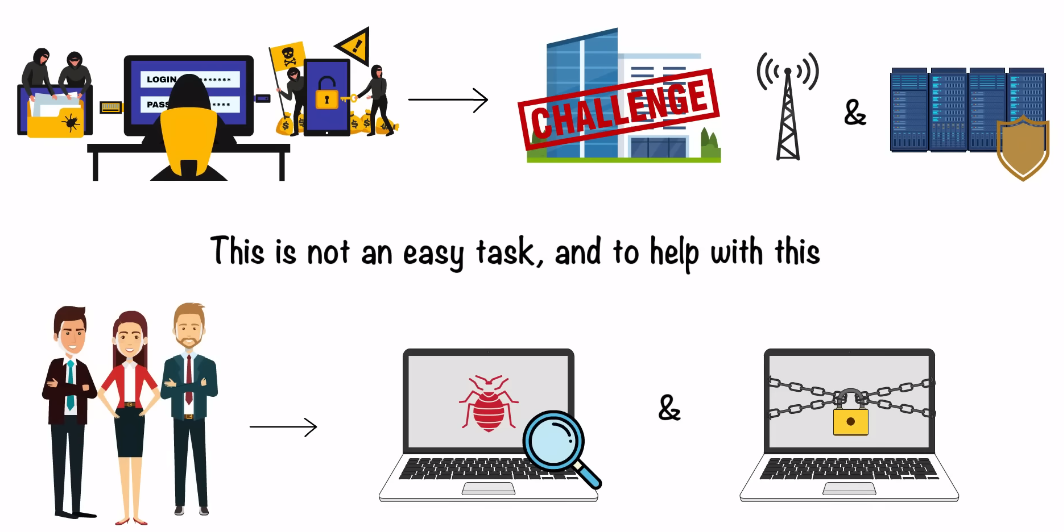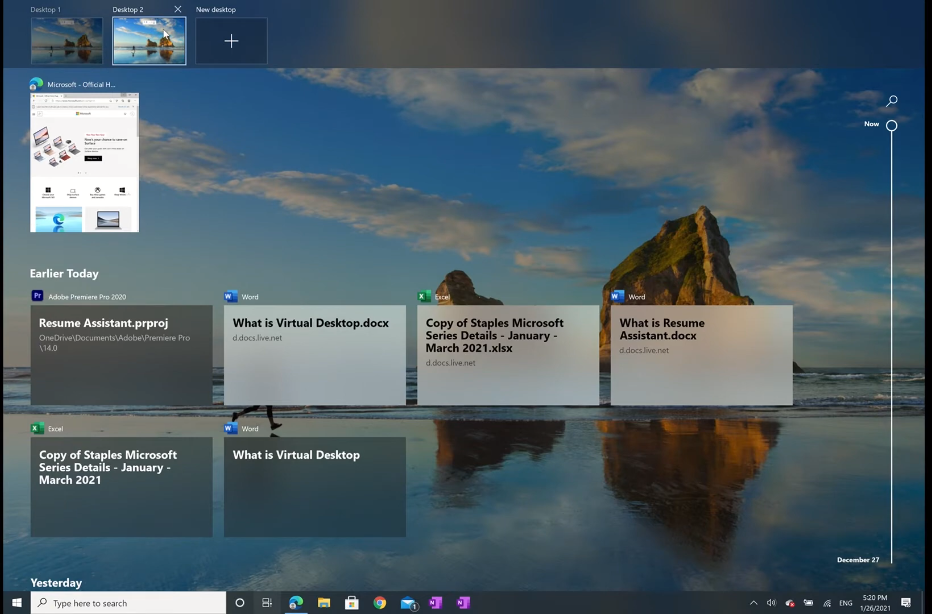Intro to Virtual Desktop EDU
Virtual Desktop EDU is a cloud-based virtual desktop service designed specifically for educational institutions. It allows students and faculty to access their desktops and applications from any device with an internet connection, without the need for physical hardware or software installations. Virtual Desktop EDU is important for data storage, retrieval, and security because it centralizes all data and applications in a secure, cloud-based environment.
Data Storage Using Virtual Desktop EDU
Virtual Desktop EDU provides a secure environment for data storage, retrieval, and sharing. All data is stored in the cloud, which means that it is easily accessible from any device with an internet connection. This eliminates the need for physical hardware and software installations, reducing costs and increasing flexibility. Moreover, Virtual Desktop EDU uses advanced security measures to protect data from unauthorized access, theft, or loss. It uses encryption, firewalls, and other security protocols to ensure that data is secure at all times.
What Is Data Storage?

Data storage refers to the process of storing digital information in a storage medium, such as a hard drive, solid-state drive, or cloud storage. It is a crucial aspect of modern computing as it allows users to store and access data at any time. Data storage can be classified into two types: primary storage and secondary storage. Primary storage is volatile and is used to store data temporarily, while secondary storage is non-volatile and is used for long-term storage of data.
Challenges of Traditional Data Storage Methods
Traditional data storage methods have several challenges that can impact the reliability and security of stored data. One of the main challenges is physical storage limitations. Traditional storage devices have a finite amount of space, which can be quickly filled up with large amounts of data. This can lead to data loss or corruption if the storage device becomes full. Another challenge is the risk of hardware failure. Traditional storage devices, such as hard drives, can fail due to mechanical issues or wear and tear over time.
How Virtual Desktop EDU Can Revolutionize Data Storage
Virtual Desktop EDU can revolutionize data storage by providing a cloud-based storage solution. This eliminates the physical storage limitations of traditional storage devices, as users can access and store data remotely on the cloud. Additionally, with Virtual Desktop EDU, users can easily scale up or down their storage needs based on their requirements, without the need for additional hardware.
Data Retrieval using Virtual Desktop EDU
Virtual Desktop EDU also offers efficient data retrieval capabilities. As data is stored remotely on the cloud, users can access it from anywhere with an internet connection. This means that users can easily retrieve data on the go, without the need for physical access to a storage device. Furthermore, Virtual Desktop EDU provides advanced search and sorting features, making it easier for users to quickly find the data they need. Overall, Virtual Desktop EDU offers a convenient and flexible data storage and retrieval solution for educational institutions.
What is Data Retrieval?

Data retrieval refers to the process of accessing or retrieving stored data from a storage device or system. It involves searching for and retrieving specific data or information that has been previously stored, such as documents, files, images, or videos. Data retrieval is an essential function for any organization or individual that needs to access and use their stored data for various purposes, such as analysis, decision-making, or sharing with others.
Challenges of Traditional Data Retrieval Methods
Traditional data retrieval methods can present several challenges, such as:
1. Slow retrieval times: Retrieving data from traditional storage devices such as hard drives can be slow, especially when dealing with large amounts of data.
2. Limited accessibility: Data stored on physical storage devices may not be easily accessible from remote locations, limiting the ability to share or collaborate on data.
3. Data loss: Traditional storage devices can be prone to physical damage, hardware failure, or data corruption.
Virtual Desktop EDU for Data Security
Virtual Desktop EDU is a great solution for data security challenges. Here are some ways it can help:
1. Faster retrieval times: Virtual Desktop EDU uses cloud storage, which allows for faster retrieval times compared to traditional storage devices.
2. Improved accessibility: Virtual Desktop EDU can be accessed from anywhere with an internet connection, making it easy to share and collaborate on data.
3. Better data protection: Virtual Desktop EDU uses advanced security measures to protect against data loss and unauthorized access.
What is Data Security?

Data security refers to the measures taken to protect digital information from unauthorized access, theft, or corruption. This can include using encryption, firewalls, and access controls to prevent hackers or other malicious actors from gaining access to sensitive data. Data security is important for businesses, organizations, and individuals who want to protect their confidential information and prevent financial or reputational damage.
The Importance of Data Security
Data security is crucial in today’s digital age where sensitive information is constantly being transmitted and stored online. The consequences of a data breach can be severe, including financial losses, reputational damage, and legal consequences. Protecting data can also help prevent identity theft and fraud. In addition, compliance with data security regulations such as GDPR and HIPAA is essential for businesses and organizations to avoid penalties and maintain trust with their customers.
Challenges of Traditional Data Security Methods
Traditional data security methods have several challenges that can make them less effective in today’s digital landscape. One of the biggest challenges is the sheer volume of data that needs to be protected. With the increasing amount of data being generated and stored, it can be difficult for traditional security methods to keep up. Another challenge is the complexity of the security landscape. There are many different types of threats, including malware, phishing attacks, and social engineering tactics, and each requires a different approach to mitigate.
Implementing Virtual Desktop EDU
Virtual Desktop EDU is a powerful tool that can help address some of the challenges of data security in today’s digital landscape. By allowing users to access their desktops and applications from a secure cloud environment, Virtual Desktop EDU reduces the risk of data breaches and cyber-attacks. One of the key benefits of a Virtual Desktop EDU is that it provides a centralized location for data storage and management.
Future of Virtual Desktop EDU
The future of Virtual Desktop EDU looks promising, as more and more organizations are realizing the benefits of this technology. With the increasing demand for remote work and online learning, Virtual Desktop EDU can provide a secure and efficient way for users to access their desktops and applications from anywhere in the world. Additionally, advancements in cloud technology and cybersecurity measures are making Virtual Desktop EDU even more secure and reliable.
Trends and Predictions for Virtual Desktop EDU
Here are some trends and predictions for Virtual Desktop EDU:
1. Increased adoption in the education sector: As more schools and universities move towards online learning, Virtual Desktop EDU can provide a secure and efficient way for students and teachers to access their desktops and applications from anywhere.
2. Greater focus on cybersecurity: With the rise of cyber threats, Virtual Desktop EDU providers will need to prioritize cybersecurity measures to ensure their platforms remain secure.
Future Possibilities for Virtual Desktop EDU
1. Integration with virtual reality technology: Virtual Desktop EDU could potentially integrate with virtual reality technology to create immersive learning experiences for students.
2. Artificial intelligence integration: Artificial intelligence could be integrated to provide personalized learning experiences for students based on their individual needs and preferences.
3. Collaboration tools: Virtual Desktop EDU could potentially integrate with collaboration tools such as video conferencing and messaging platforms to facilitate communication and collaboration among students and teachers.
Virtual Desktop EDU for Education
Virtual Desktop EDU is a powerful tool that can be used to create immersive learning experiences for students. With its advanced technology, Virtual Desktop EDU can provide students with a virtual environment that mimics real-world scenarios, allowing them to learn and practice in a safe and controlled environment. In addition, Virtual Desktop EDU can be integrated with artificial intelligence to provide personalized learning experiences for each student.
Virtual Desktop EDU for Business

Virtual Desktop EDU can also be utilized in the business world to enhance employee training and development. By creating virtual simulations of workplace scenarios, employees can practice and improve their skills in a risk-free environment. This can lead to increased productivity, higher employee satisfaction, and a more efficient workforce. Additionally, Virtual Desktop EDU can be used for remote training, allowing employees to access training materials from anywhere in the world.
Virtual Desktop EDU for Healthcare
Virtual Desktop EDU can also be utilized in the healthcare industry to enhance medical training and education. Medical students and professionals can use virtual simulations to practice procedures and surgeries without risking the health and safety of real patients. This can lead to more confident and competent healthcare professionals, ultimately improving patient outcomes. Additionally, Virtual Desktop EDU can be used for remote medical education, allowing students and professionals to access training materials and lectures from anywhere in the world.
Virtual Desktop EDU for Government
Virtual Desktop EDU can also be beneficial for government agencies and employees. It allows for remote work, which can increase productivity and save time and resources. Government agencies can also use virtual simulations for training and emergency preparedness, allowing employees to practice responding to various scenarios in a safe and controlled environment. Virtual Desktop EDU can also provide access to important information and documents, increasing efficiency and collaboration within government agencies.
Virtual Desktop EDU for Non-Profit Organizations
Virtual Desktop EDU can also benefit non-profit organizations in several ways. It can provide a cost-effective solution for managing and storing data, as well as increasing collaboration among team members. Non-profits can also use virtual simulations for training and fundraising events, allowing them to reach a larger audience and increase engagement. Additionally, Virtual Desktop EDU can provide access to important resources and information for volunteers and donors, helping to streamline communication and improve overall efficiency.
Conclusion
In conclusion, Virtual Desktop EDU can be a valuable tool for non-profit organizations looking to improve their operations and increase their impact. By providing a cost-effective and efficient solution for managing data, training, and fundraising, Virtual Desktop EDU can help non-profits achieve their goals and make a positive difference in the world.
